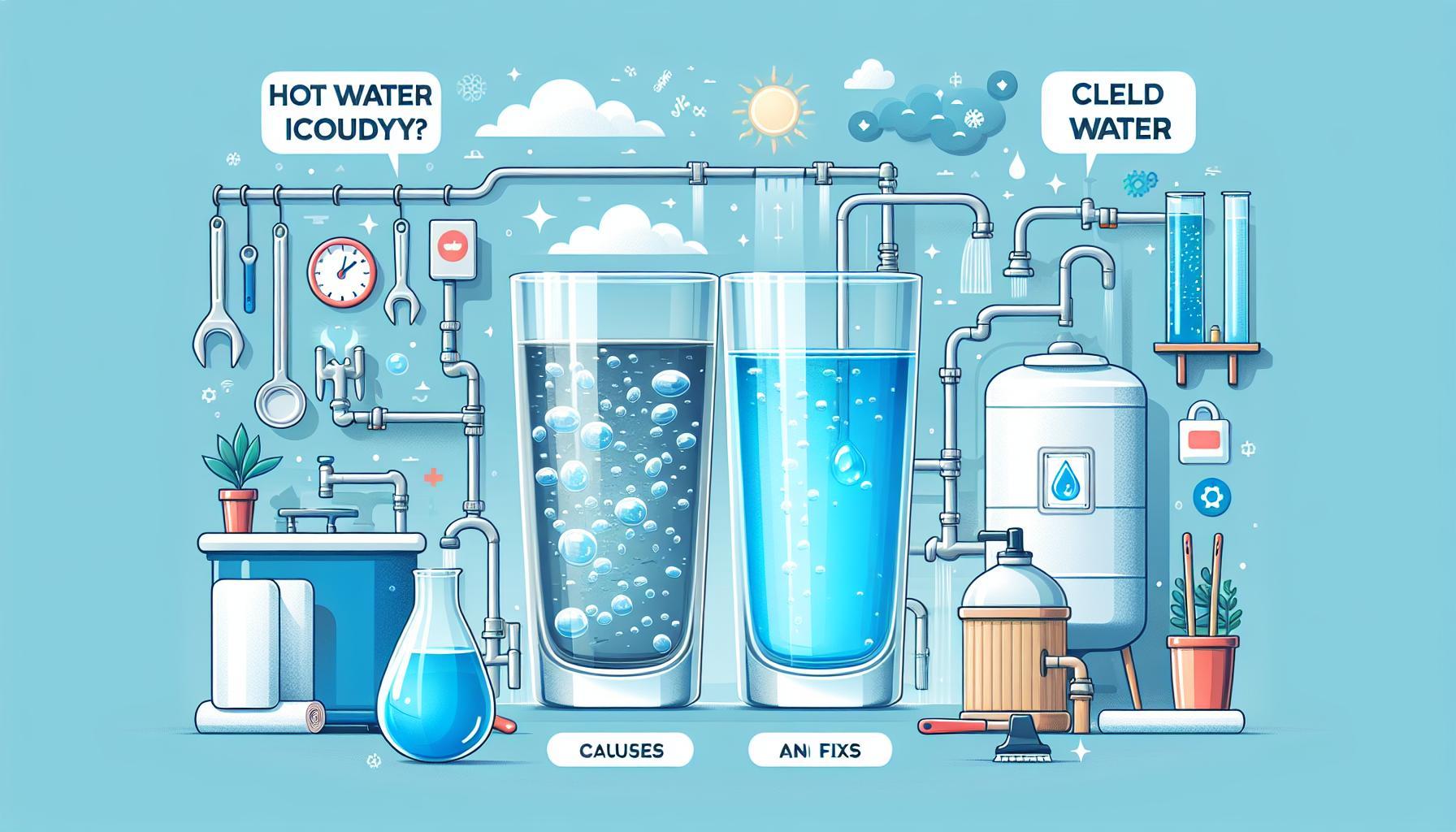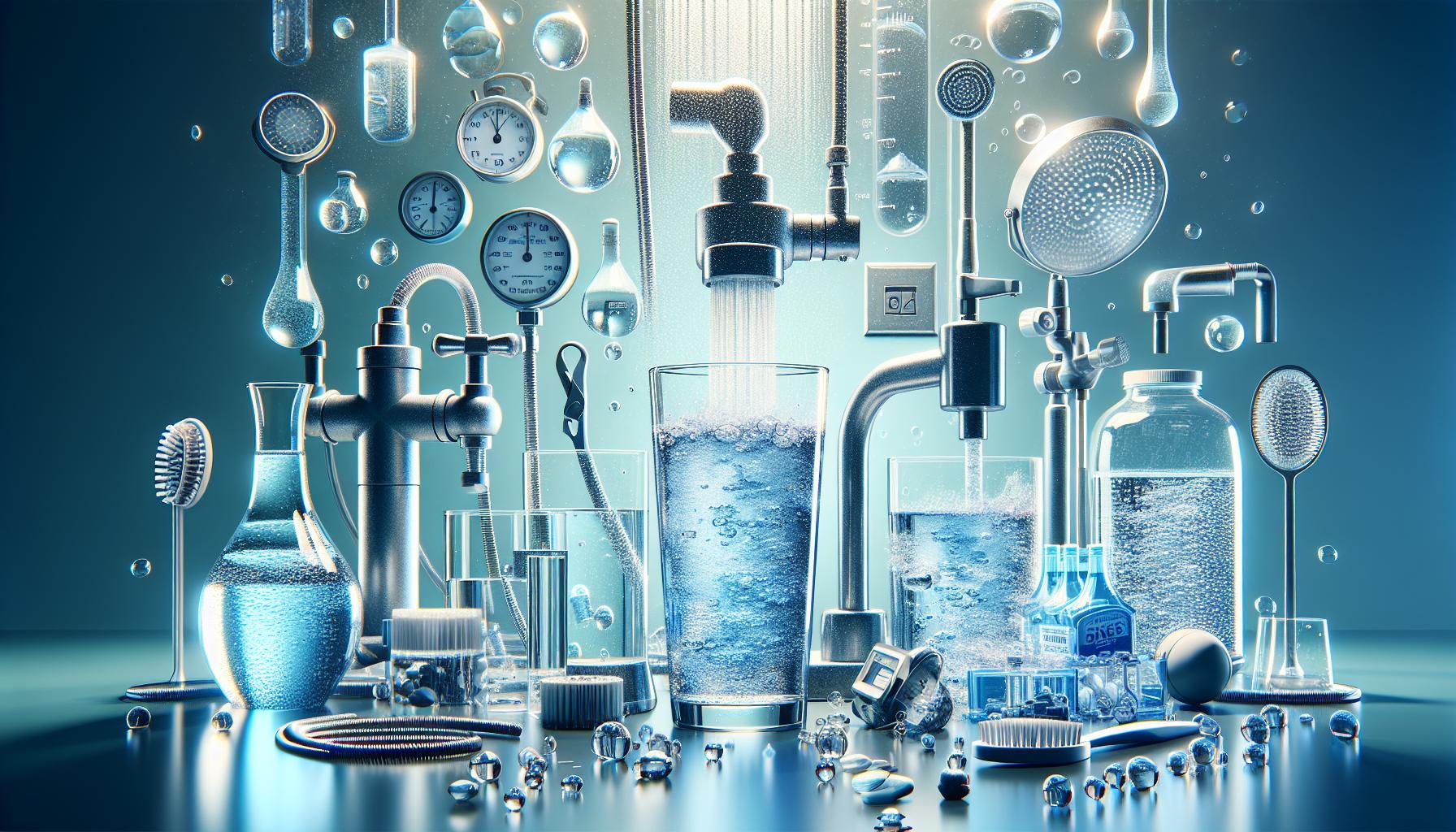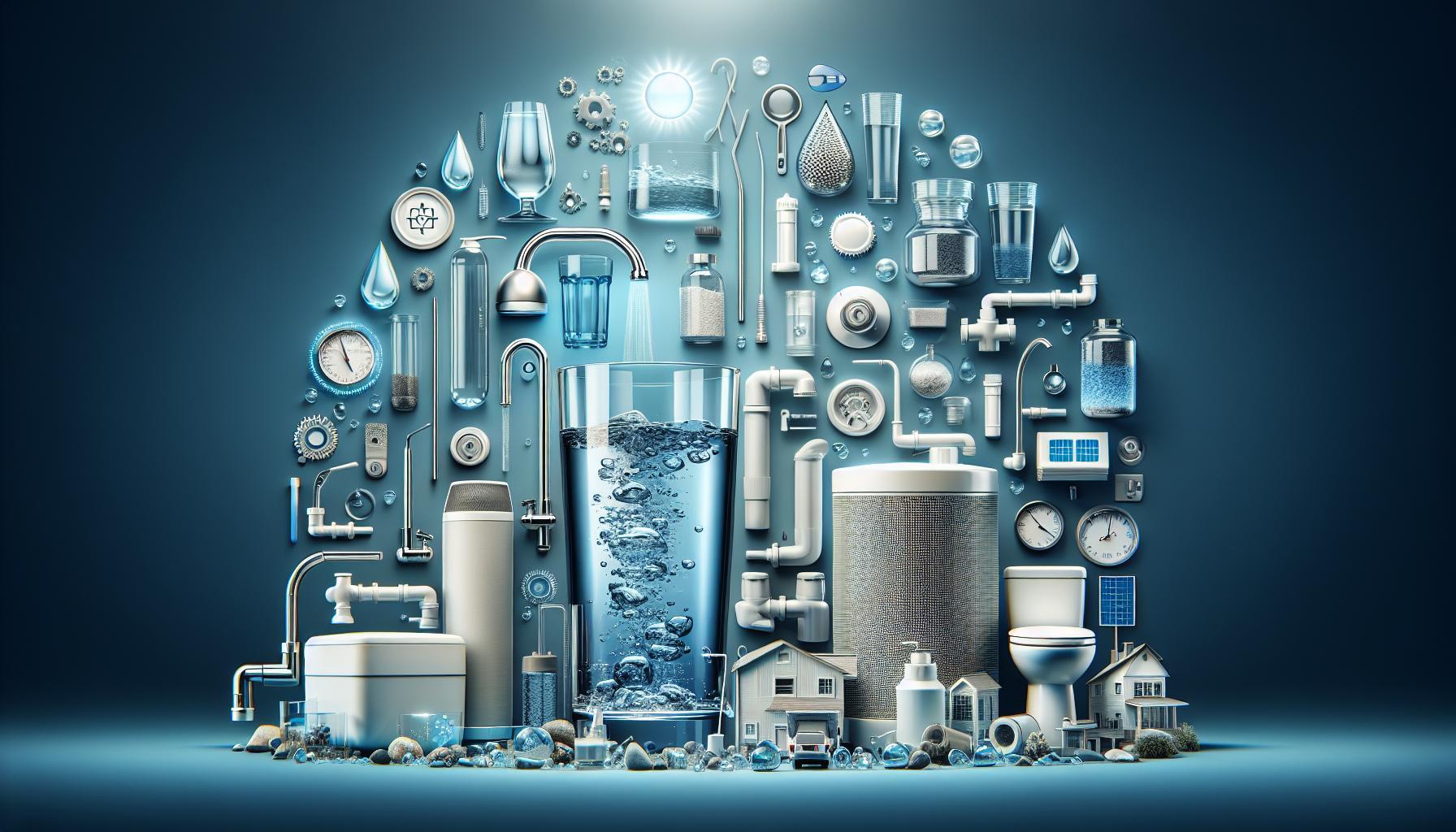Have you ever noticed that your hot water has a cloudy appearance while your cold water remains crystal clear? This puzzling issue could be a sign of harmless air bubbles or something more serious like sediment buildup. Understanding the causes behind this common household concern is crucial for maintaining your plumbing and ensuring clean, safe water in your home.
Understanding the Basics: What Makes Hot Water Cloudy?
Experiencing cloudy hot water can be a surprising and concerning issue for homeowners. While crystalline cold water flows freely from taps without a hitch, the sudden alteration in hot water’s clarity can induce questions about its quality and safety. Understanding what causes this cloudiness is the first step toward troubleshooting the problem effectively.
Common Causes of Cloudy Hot Water
The key players responsible for murky hot water often combine physical and chemical processes. Here are some of the most common culprits:
- Air Bubbles: Sometimes, hot water looks cloudy due to tiny air bubbles trapped in the water. This phenomenon is often temporary and occurs when water is heated, causing dissolved air to escape.
- Mineral Deposits: Calcium, magnesium, and other minerals can accumulate in your water heater. When hot water is drawn, these deposits may become suspended in the water, leading to a cloudy appearance.
- Water Heater Issues: An aging or poorly maintained water heater can develop sediment buildup, which can further contribute to the cloudiness. A malfunctioning heater might also release rust or microscopic debris into the hot water.
- Pipe Corrosion: In older plumbing systems, corroding pipes can introduce rust and other particles into your hot water supply, making it appear less than clear.
When to Be Concerned
In many cases, cloudy hot water is harmless and linked to natural processes. However, you should take further action if you notice additional red flags, such as:
| Symptoms | Action Required |
|---|---|
| Persistent Cloudiness | Contact a professional plumber for diagnosis. |
| Unusual Odors | Check for possible contamination sources. |
| Discoloration | Consider a water quality test to check for contaminants. |
Being aware of these factors can empower homeowners to understand and address the reasons behind the cloudy hot water. Regular maintenance and inspections of your plumbing and water heater can help ensure that you enjoy clear, safe water from every tap. Acting promptly might just save you from more extensive repairs in the long run, providing peace of mind and clean water at the same time.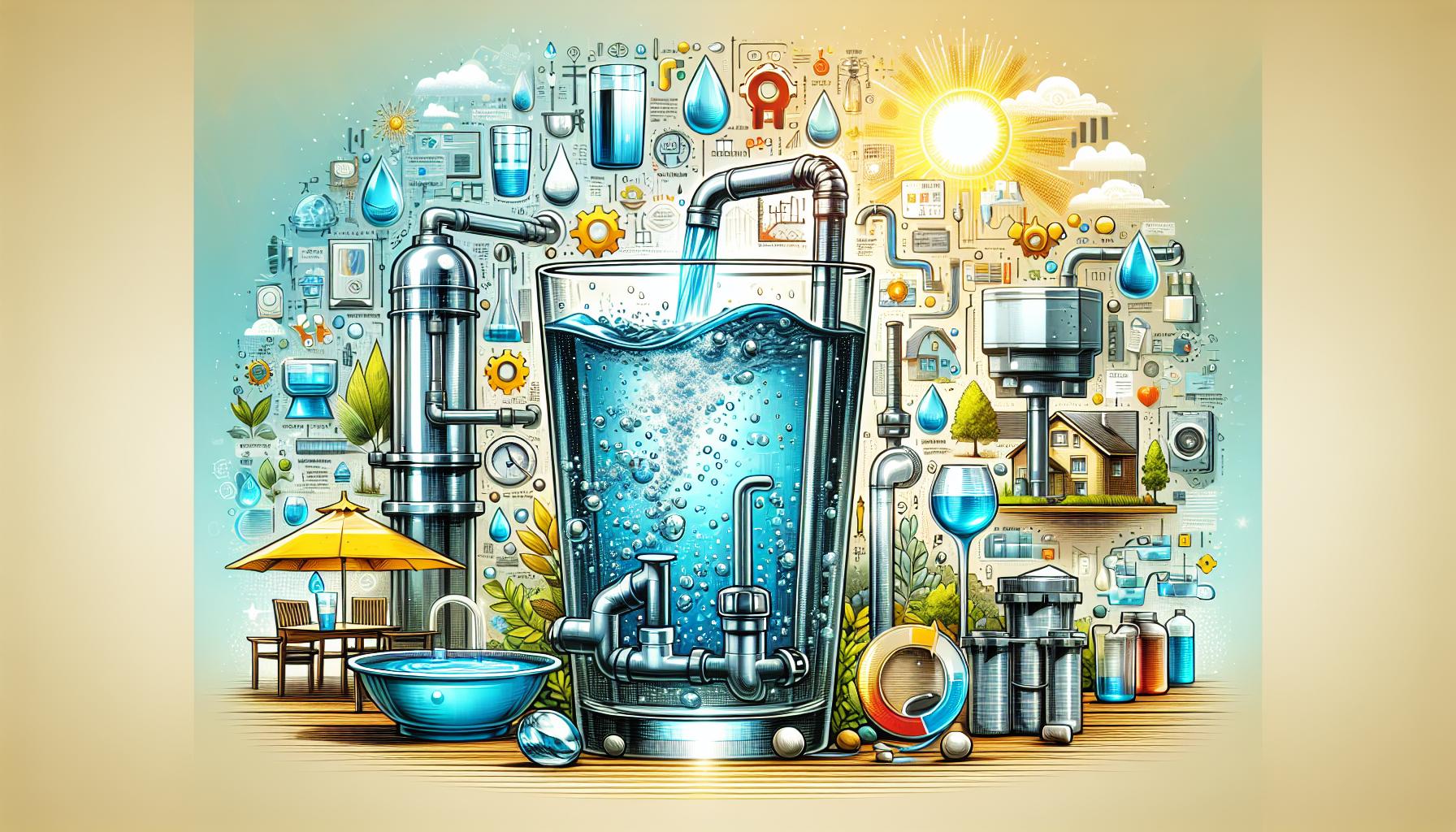
Common Causes of Cloudiness in Hot Water
Experiencing cloudy hot water while your cold water remains crystal clear can be perplexing. This phenomenon can stem from a variety of factors that affect the quality and clarity of your water supply. Understanding these causes is key to identifying the right solutions and ensuring you have clean, clear hot water for your daily needs.
One of the most common culprits behind cloudiness in hot water is the presence of trapped air bubbles. When water is heated, the solubility of gases decreases, allowing tiny air bubbles to form. These bubbles can create a milky or cloudy appearance, particularly noticeable when you first fill a glass with hot water. The cloudiness often dissipates as the water cools and the air escapes. In most cases, this is harmless and not a cause for concern.
Another significant factor leading to cloudy hot water is mineral buildup, particularly from calcium and magnesium. These minerals can accumulate in your plumbing systems and water heater over time, especially in areas with hard water. When hot water is used, the higher temperatures can cause these minerals to loosen and mix with the water, resulting in cloudiness. Regular maintenance, such as flushing your water heater and using water softeners, can prevent this issue.
- Temperature Fluctuations: Sudden changes in temperature can cause previously dissolved minerals to precipitate out of the water, further contributing to cloudiness.
- Corrosion and Rust: If your pipes are old or corroded, they may leach rust particles into the hot water supply, creating a clouded appearance.
- Water Quality Issues: In some cases, external water quality issues like contamination can also lead to noticeable changes in clarity.
To determine the specific cause of cloudy hot water in your home, consider conducting a simple test. Fill two clear glasses—one with hot water and one with cold. Observe the differences in clarity and note any changes over time. If the problem persists or if you notice other concerning signs, such as discoloration or a foul odor, it may be time to consult a professional plumber. By understanding the potential causes behind the question, “Why is my hot water cloudy but cold water clear?” you can take actionable steps towards achieving clearer water.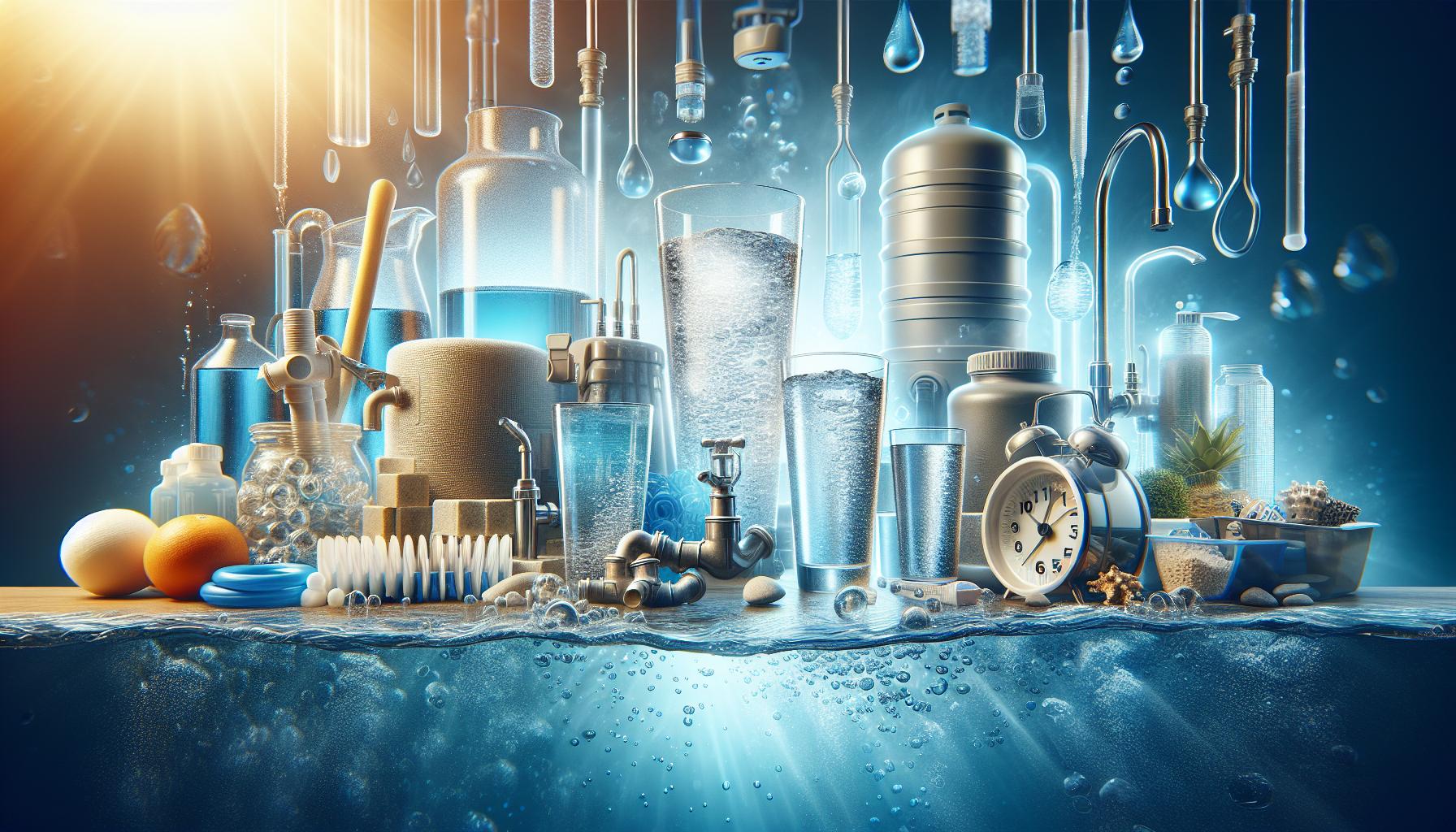
The Role of Minerals: How They Affect Water Clarity
The clarity of water can be a puzzling issue, particularly when it comes to the stark contrast between hot and cold tap water. One of the main culprits contributing to this phenomenon is the presence of various minerals, which can significantly influence water clarity. Understanding how these minerals interact with temperature can provide significant insight into the question: *Why is my hot water cloudy but cold water clear?*
The Influence of Minerals on Water Clarity
Minerals, such as calcium, magnesium, and iron, are commonly found in water supplies and can dramatically affect its clarity. When water is heated, the solubility of these minerals changes. For instance, calcium and magnesium tend to precipitate out when hot water is heated beyond a certain point, leading to cloudiness. This is often described as ‘hard water’ and can form deposits known as scale, ultimately affecting both the aesthetics of your water and the efficiency of your appliances.
- Calcium Carbonate: This is a primary contributor to cloudy hot water. When heated, it can crystallize and form a milky appearance.
- Magnesium Sulfate: Similar to calcium, when heated, magnesium can cause cloudiness in hot water.
- Iron: Although typically more of an issue in cold water, rust and iron particles can occasionally break loose in hot water systems, leading to turbidity.
Why Temperature Matters
The temperature plays a critical role in how these minerals behave in water. Cold water retains more dissolved minerals because they are less likely to precipitate out. Therefore, if you’re experiencing cloudy hot water but clear cold water, it’s often a direct result of the heating process. As your water heater operates, it accelerates the presence of these minerals, causing them to clump together and create a visible cloudiness.
| Mineral Type | Effect in Cold Water | Effect in Hot Water |
|---|---|---|
| Calcium | Dissolved, clear | Precipitates, cloudy |
| Magnesium | Dissolved, clear | Precipitates, cloudy |
| Iron | Dissolved, sometimes rusty | Cloudy, possible rust particles |
Understanding the role of these minerals and their behavior in various temperatures can help homeowners diagnose the issues leading to *cloudy hot water*. Regular maintenance, such as descaling and checking your heater’s settings, can mitigate this unpleasant problem and lead to clearer, more aesthetically pleasing hot water.
Temperature and Pressure: Key Factors in Water Quality
Water quality can be a complex subject, influenced by various physical and chemical factors, among which temperature and pressure play pivotal roles. Understanding these elements can help consumers troubleshoot issues such as the common phenomenon where hot water appears cloudy while cold water remains clear. This discrepancy in clarity often arises from changes in solubility and gas saturation that are sensitive to temperature and pressure variations.
Temperature: A Catalyst for Change
As water is heated, its capacity to dissolve certain gases, like oxygen and carbon dioxide, diminishes. This phenomenon is why hot water can appear cloudy; the increased temperature forces dissolved gases to escape, leading to the formation of tiny bubbles that scatter light. The elevated temperatures in your hot water system can make these bubbles particularly visible. In contrast, cold water retains a higher concentration of these gases, resulting in a clearer appearance.
The impact of temperature on water quality can be particularly significant in various household scenarios. For instance, if you notice that your hot water becomes cloudy after a period of inactivity, it could be beneficial to run each tap for a few moments before use. This simple action can help release built-up pressure and allow fresh water into the pipes, potentially restoring clarity to your hot water supply.
Pressure: The Hidden Influence
While temperature undoubtedly affects water clarity, pressure is another critical player in the quality of your home’s water. Increased pressure within pipes can trap gases that would otherwise dissipate. This situation often becomes apparent when hot water is drawn from a system that hasn’t been used in a while. The combination of heat and pressure may cause gases to be forced out rapidly, creating cloudiness.
In practical terms, homeowners can take proactive steps to manage pressure-related issues. Installing pressure-reducing valves can help maintain consistent water pressure throughout the system. Additionally, monitoring your water heater’s pressure relief valve can prevent pressure buildup, which in turn can minimize the occurrences of cloudy hot water.
| Factor | Effect on Water Clarity | Solution |
|---|---|---|
| Temperature Increase | Decreases gas solubility, causing bubbles. | Run taps briefly before use. |
| High Pressure | Traps gases in the system, leading to cloudiness. | Consider pressure-reducing valves. |
Recognizing how temperature and pressure influence water quality can significantly help in addressing the inquiry, “Why is my hot water cloudy but cold water clear?” Regular maintenance and awareness of these factors can lead to a clearer and higher-quality water supply in your home.
Comparing Hot and Cold Water: Why Do They Differ?
Water can often appear deceptively simple, but its physical and chemical behaviors reveal a fascinating world of differences. A common observation that many homeowners make is that hot water is often cloudy while cold water remains crystal clear. Understanding the reasons behind this disparity not only helps in troubleshooting potential plumbing issues but also sheds light on the properties of water itself.
One primary factor contributing to the cloudiness in hot water is the presence of dissolved gases, particularly air. When water is heated, it can hold less dissolved air than when it is cooler, leading to air bubbles forming. This phenomenon is often amplified in high-temperature water systems, such as those used in boilers or water heaters. In contrast, cold water retains more dissolved gases, resulting in a clearer appearance. Another element to consider is the mineral content of your water supply. Hot water systems can leach minerals from the pipes and the heater, creating a cloudy appearance. In municipalities with hard water, this can become even more pronounced as calcium and magnesium minerals become more soluble at higher temperatures.
Factors Influencing Appearance
Several factors can influence the clarity of your water:
- Temperature: Higher temperatures reduce the solubility of gases, increasing cloudiness.
- Mineral Content: Dissolved minerals may precipitate out of solution in hot water.
- Pressure Variation: Changes in pressure in the system can cause air to come out of solution.
- Water Heater Condition: Sediment buildup can lead to cloudy water, indicative of needing maintenance.
To better understand the key differences between hot and cold water, consider the following table that outlines their distinct characteristics:
| Aspect | Hot Water | Cold Water |
|---|---|---|
| Visibility | Often cloudy | Usually clear |
| Dissolved Gases | Lower solubility, higher cloudiness | Higher solubility |
| Mineral Leaching | Tends to leach minerals from pipes | Less interaction with pipes |
| Temperature Effect | Increased kinetic energy affects solubility | Lower temperature maintains gas solution |
In essence, while it may be surprising to see a difference in clarity based predominantly on temperature, this phenomenon is rooted in fundamental scientific principles. If you’ve found yourself pondering why your hot water appears cloudy while your cold water is clear, address it as a potential signal to investigate your water system for possible sediment buildup or maintenance concerns. Understanding these factors not only helps in troubleshooting but also prepares homeowners to tackle water quality questions effectively.
How to Diagnose the Problem: A Step-by-Step Guide
Determining why your hot water is cloudy while your cold water remains clear can feel like a puzzle, but with a methodical approach, you can diagnose the issue effectively. Understanding the science behind your plumbing system and visual changes in your water can provide valuable insights. By following this guide, you’ll uncover potential causes and considerations essential for achieving clear, clean hot water.
Assess the Problem
Start by noticing the characteristics of your hot water. Is it consistently cloudy, or does it vary with different usages? Taking a moment to observe these details can help narrow down potential sources of the issue. Consider the following points:
- Temperature Sensitivity: Is the cloudiness noticeable at specific temperatures or volumes of water?
- Duration: Does the murkiness occur continuously, or does it clear up after a few moments?
- Appliances: Are particular appliances, such as the dishwasher or washing machine, affected more than others?
These details are crucial for further troubleshooting.
Conduct a Visual and Physical Test
Next, create a controlled test environment. Fill two clear glasses: one with hot water and one with cold water from the same source. Comparing these side by side allows you to see the differences clearly. Observe:
| Aspect | Cold Water | Hot Water |
|---|---|---|
| Appearance | Clear | Cloudy |
| Settling | N/A | Does it clear over time? |
| Smell | Normal | Any unusual odor? |
If the hot water clears after settling, it might indicate air bubbles—a common occurrence due to temperature differences. However, if it remains cloudy and carries an odor, the issue may be more complex.
Examine Your Hot Water Heater
The hot water tank itself may be the culprit. Check for any signs of sediment buildup by flushing the tank. Here’s how you can do it responsibly and effectively:
- Turn Off the Power/Heat Source: Before any maintenance, ensure the heater is off for safety.
- Connect a Hose to the Drain Valve: Direct the hose to a nearby drain.
- Open the Valve: Allow any sediment to be flushed out.
- Observe the Discharge: Notice the clarity of the water coming from the tank.
If after flushing the tank your hot water remains cloudy, consider checking for other potential issues such as mineral deposits, corrosion, or a malfunctioning water softener.
By following these steps, you can confidently diagnose the responses to the question of why your hot water is cloudy but your cold water is clear. Taking these actionable measures will empower you with better insights and pave the way for effective solutions.
Simple Fixes for Cloudy Hot Water at Home
Dealing with cloudy hot water can be frustrating, especially when the cold water comes out crystal clear. This common issue often arises from several causes, such as air bubbles, sediment build-up, or even problems with your water heater. Here, we discuss some straightforward fixes that can help restore clarity to your hot water, turning your frustration into a simple DIY solution.
Check for Air Bubbles
One of the most common reasons for cloudiness in hot water is dissolved air that forms tiny bubbles when the water is heated. To remedy this, try the following steps:
- Run the Taps: Allow your hot water taps to run for a few minutes. Sometimes, the air trapped in the pipes will escape, and the water will clear up.
- Flush the System: If the problem persists, consider flushing the hot water tank. This process can help remove accumulated air bubbles as well as any sediment that may be contributing to the cloudiness.
Inspect the Water Heater
Your hot water heater could also be the culprit. Sediment accumulation can lead to cloudy water, particularly if your heater is older. To address this issue:
- Flush the Tank: Schedule a tank flush by draining the water heater and refilling it. This helps remove sediment build-up that can affect water clarity.
- Check the Anode Rod: Anode rods can corrode over time, leading to rust and cloudy water. Inspect it for wear and replace it if necessary to maintain water quality.
Water Quality and Source
Sometimes, the source of your water can influence its clarity. If you’ve recently returned from an extended vacation, as noted by forum users, things may have changed in your plumbing system:
- Test for Contaminants: If cloudy hot water suddenly appears, especially after a period of no use, it’s wise to conduct a water test.
- Contact Your Water Supply Authority: In some cases, issues with the municipal water supply can result in cloudy hot water. Contact them for insights and potential solutions.
By following these simple fixes, you can take effective steps toward understanding why your hot water is cloudy while your cold water remains clear. Keep these strategies in mind, and tackle the issue head-on for a clearer and more enjoyable hot water experience.
When to Call a Professional: Signs You Need Expert Help
Experiencing cloudy hot water while your cold water remains crystal clear can be perplexing and concerning for many homeowners. While minor issues might be easy to address with DIY fixes, certain signs indicate when it’s time to call in the professionals. Recognizing these red flags can save you time, money, and prevent potential damage to your plumbing system.
Indicators That Professional Help Is Necessary
When dealing with cloudy hot water, there are significant indicators you shouldn’t overlook. Consider the following situations:
- Persistent Cloudiness: If the murkiness doesn’t clear after a few minutes of running hot water, it may signal mineral buildup or sediment accumulation in your water heater.
- Unpleasant Odors: Foul smells associated with your hot water could mean bacteria in the system or even degradation of the anode rod, requiring immediate professional intervention.
- Unusual Variations in Temperature: Inconsistent water temperatures can indicate deeper issues within your water heater, which need a professional diagnosis.
- Frequent Repairs: If you find yourself frequently fixing issues related to your water heater, it might be time to consult a professional to assess whether there’s a larger, underlying problem.
What to Do Before Calling a Professional
Before making the call, there are a few steps you can take to ascertain the problem more clearly:
- Flush Your Water Heater: This can help remove sediment buildup, which is a common cause of cloudy hot water.
- Check Your Water Supply: Determine if the issue persists in only certain faucets or in your entire home, which can help identify the source of the problem.
- Examine the Anode Rod: If your heater is more than a few years old, it may be worth checking this component to see if it needs replacement.
These proactive measures can provide valuable information to the expert who will address the issue, ensuring that your home receives the most effective solution based on the identified cause of your hot water cloudiness.
Recognizing when to seek expert help is crucial in maintaining your plumbing system’s efficiency and safeguarding your household’s water quality. With the right knowledge and resources, tackling cloudy hot water issues can become a manageable task, leaving you free to enjoy the comfort of clean, clear hot water once again.
Frequently asked questions
Why Is My Hot Water Cloudy but Cold Water Clear?
Cloudy hot water typically indicates trapped air or mineral buildup, while cold water remains clear. When water is heated, the solubility of gases decreases, leading to tiny air bubbles that make the water appear cloudy. This often resolves on its own.
Another cause could be mineral deposits from hard water. As the hot water heater operates, minerals like calcium and magnesium may precipitate out, causing cloudiness. This problem usually forms at the heater’s outlet. For permanent solutions, consider contacting a professional plumber or exploring options for a water softener.
What Causes Hot Water to Become Cloudy?
Hot water becomes cloudy due to air bubbles or sediment buildup in the water heater. When heated, gases naturally escape, and if there’s agitation in the pipes, it can also increase cloudiness.
If your water is consistently cloudy for an extended period, it may indicate a more serious issue, like sediment accumulation within your water heater. This requires flushing the tank to restore water quality. Investigating your water heater maintenance might reveal necessary steps to ensure clarity.
Can Cold Weather Affect Hot Water Clarity?
Yes, cold weather can impact hot water clarity due to changes in temperature and pressure. When water is heated in cold environments, it can result in enhanced gas release, making hot water appear more cloudy.
In colder climates, be aware that pipe temperature can significantly affect water systems. To minimize the impact of seasonal changes, consider insulating your water heater and pipes. Additionally, monitoring your water quality can help prevent more serious issues from developing during extreme temperatures.
How Can I Fix Cloudy Hot Water?
Fixing cloudy hot water typically involves checking and flushing your water heater. Start by turning off the heater, attaching a hose to the drain valve, and allowing sediment to flow out.
If flushing doesn’t help, it may be prudent to evaluate your water supply. Consider contacting a plumber for a deeper inspection of your pipes and appliances. Regular maintenance, like flushing tanks yearly, can prevent similar issues and improve overall water quality.
Is Cloudy Hot Water Safe to Use?
Cloudy hot water is generally safe for bathing or cooking, as it typically results from harmless air bubbles or mineral particles. However, if the cloudiness persists or has an unusual odor, consult a professional.
Taking precautions like boiling the water or using a water filter can provide extra peace of mind. Staying informed about your water quality and understanding the potential risks are essential for safe domestic water use, especially in older homes or areas with infrastructure concerns.
Why Is My Hot Water Cloudy After a Repair?
After repairs, cloudy hot water often indicates air trapped in the system or material dislodged during the work. This disruption can lead to increased cloudiness until normal flow resumes.
If the cloudiness continues, it may be prudent to assess if the repair affected any filtration systems or plumbing fixtures. Regular maintenance can help identify future issues, ensuring consistent water clarity throughout your home.
What Should I Do If My Hot Water Remains Cloudy?
If hot water remains cloudy despite troubleshooting, seek professional assistance to evaluate your water supply and system. Persistent cloudiness can indicate problems such as rust in old pipes or failing heaters.
Having a licensed plumber conduct a thorough inspection can save you time and potential headaches. They can recommend necessary fixes and perform regular maintenance checks on your entire plumbing system to maximize water quality.
Key Takeaways
In summary, if you’re noticing that your hot water is cloudy while cold water remains clear, several factors could be at play, from sediment build-up in your water heater to changes in temperature and pressure. By understanding these causes, you can take proactive steps to rectify the situation, whether that involves flushing your water heater or consulting a professional. Remember, clear water is not just a visual preference; it’s essential for your health and comfort. We encourage you to explore further and take action based on the insights shared. Your water quality matters, and with the right knowledge, you can ensure a safe and enjoyable experience at home. Don’t hesitate to reach out for more tips or share your experiences—your journey to crystal-clear water starts now!

